Article #1 TIAC Academy: The Four Studio Approaches
By Scott Breton
During First Year, students in both the Painting and Sculpture programs are introduced to our framework of four general approaches to representational art, trying each out for themselves. By second year, students choose one of the approaches to specialise in, leading to a major personal project within this approach in third year.
The four themes, inspired by the emphasis of four living Master Painters whom TIAC has been working with are:
Observational Realist (inspired by Antonio Lopez-Garcia)
Classical Narrative (inspired by Odd Nerdrum)
Psychological Figure (Inspired by Golucho)
Imaginative Realist (Inspired by Xu Mangyao)
Why these particular divisions? Is it just to match these artists that we admire and have worked with?
Actually, as we dug deeper into this concept of offering students a range of approaches within representational painting and sculpture, we discovered that these artists happen to reflect the range quite nicely. It was all quite serendipitous.
Firstly lets note that this is all a matter of emphasis - there is probably a little bit of all the categories in any particular work. The question is, what is the principle around which you want to organise your process and your artwork?
To understand better lets look at a model of how these divisions in emphasis play out as gradients of potential emphasis:
The 4 studios explained further
Euan Uglow’s paintings retain the evidence of his obsessively measured approach. His fascination with visual reality is transmitted to the audience, and with it sense of both how simple and how subtle linear, spatial, tonal and colour relationships can be.
Observational Realist Painting (inspired by Antonio Lopez-Garcia)
Compositions are approached by seeking objectivity of observation, sometimes involving intense measuring processes, so that the beauty of visual phenomena (often everyday scenes and objects) is brought out.
Historical Example: Ewan Uglow, Impressionism, Sargent, Sorolla
Theodore Gericault’s “The Raft of the Medusa” epitomises the depiction of a dramatic instant in a narrative. It achieves a level of poetry that has made it iconic, in part because the specific story is represents is a potent metaphor for the shared existential angst of the human condition.
2. Classical Narrative Painting (inspired by Odd Nerdrum)
Compositions depict the most dramatic moment of stories, with the preceding and subsequent parts of the story implied in a single, iconic image.
Historical Examples: Caravaggio, Leonardo, Titian, Bruegel, Jules Bastien-Lepage, Michelangelo, Bernini, Goya, Rembrandt
Michelangelo’s “Slaves” or “Captives” series of unfinished marbles were never intended to be left unfinished. Yet there is a fascination that exists precisely because the material and process of creation is emphasised by their unfinished state. Utilising dramatic effects of the material, often at the expense of detailed or complete representation offers a wealth of creative possibilities.
3. Psychological Figure Painting (Inspired by Golucho)
Observed subjects are explored through experimentation, sometimes partially destructive, in the physical media and pictorial design, in order to generate depictions of reality containing psychological meaning that can be hard to define.
The use of mark and manipulation of material is important, with the audience experiencing something of the thought process, the energy and the choices of abstraction by which the artist has made the work.
Abstraction can also be very important here - but I am talking about a specific kind of abstraction - the “veritable abstraction”. This refers to any means of simplifying, stylising, or converting into material media the depiction of a subject such that a certain effect of the subject is heightened. For example, a good caricature can appear more like the person than a photograph of the person, even if it is highly distorted. Similarly, a drawing that retains pencil strokes can, if done well, provide a profound feeling of movement and life as well as three dimensionality.
Historical Examples: Rembrandt and Vermeer portraits, Michelangelo’s captives, Turner, Kollwitz, forms of Expressionism and Romanticism
Joos van Craesbeeck in his painting “The Temptation of St Anthony” creates a light and a space that feels plausible. But the contents of the space, onto which the light naturally falls, are definitely not naturalistic. Like Hieronymus Bosch before him, he arranges characters and objects that both anchor the picture to the familiar world of his contemporary audience, while inviting them to contemplate a psychological dreamscape. rich with strange and hidden meanings, and a a sense of the strangeness of conscious experience.
4. Imaginative Realist Painting (Inspired by Xu Mangyao)
Realistically rendered objects are arranged in a fantastical or surreal way, raising questions or communicating meaning through unexpected relationships or implied narrative.
Historical Examples: Max Klinger, Dali, some of Goya’s etchings, Hieronymus Bosch, Joos van Craesbeeck


